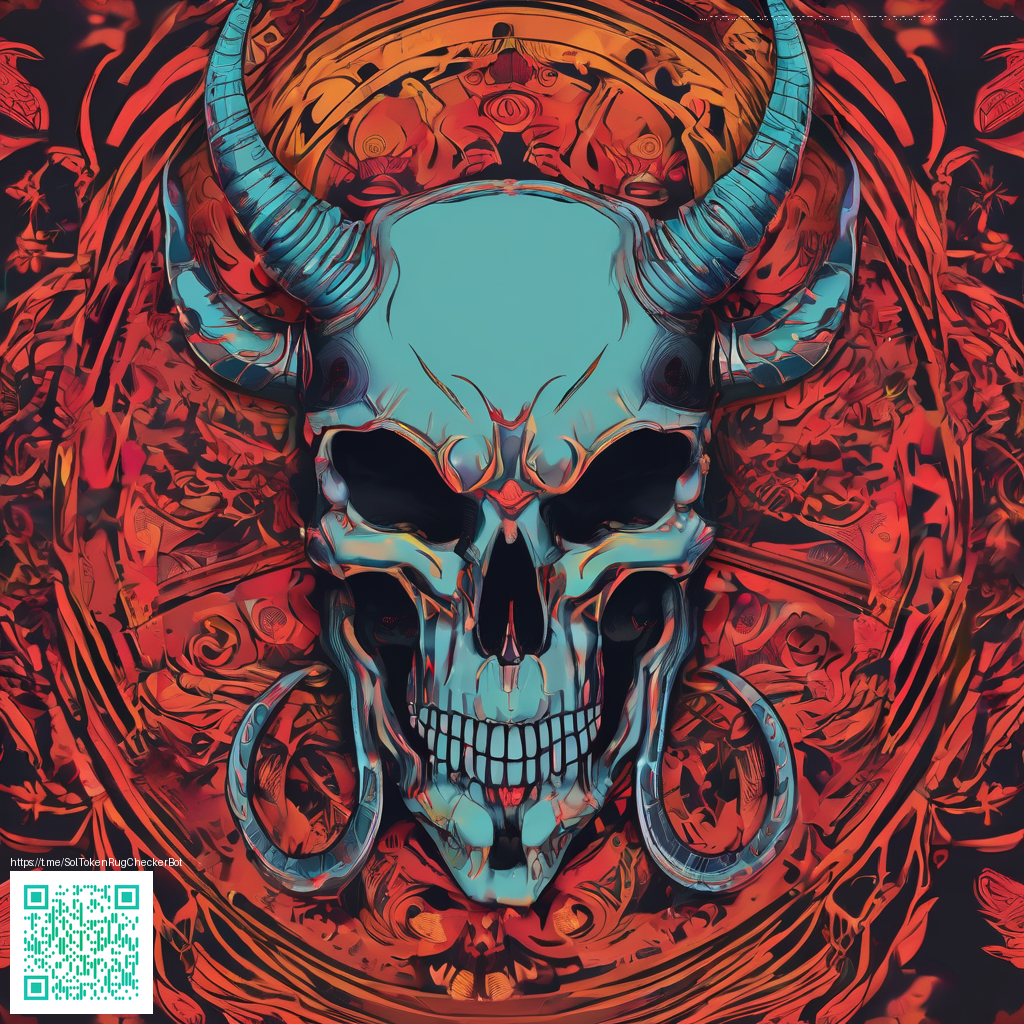Why cross-game NFT assets are reshaping how players own and carry value
Across the evolving landscape of digital gaming, the idea that an in-game item or cosmetic could travel with you—from one title to another—has shifted from sci-fi to a practical consideration. Cross-game NFT assets are about portable ownership, where a single, verifiable piece of digital property persists beyond the confines of any single game or platform. This shift unlocks new possibilities for players: it means continuity of identity, loyalty rewards that don’t vanish when you switch games, and the opportunity to build a personal collection that spans multiple universes.
At the heart of this movement are interoperable standards and the ecosystems that support them. On-chain tokens built with interoperable frameworks can carry metadata, provenance, and licensing information that travel with the asset. For developers, that means designing systems that respect ownership, support cross-platform trade, and minimize friction for players who want to bring a favorite skin, weapon skin, or avatar into a new adventure. For gamers, it creates a sense of continuity—like carrying a badge of achievement from one game to the next—without sacrificing security or control.
What makes an asset truly cross-game
- Portability: the token’s ownership and properties survive across different game titles and ecosystems.
- Standardized metadata: consistent, machine-readable data ensures that a single asset can be interpreted correctly in various environments.
- Provenance and licensing: clear records show who created the asset, who owns it, and what rights are attached to its use.
- Wallet and bridge support: players must be able to access, manage, and move assets with familiar tools, across chains if needed.
- Marketplaces and custody: trusted venues where assets can be bought, sold, or leased without losing the linkage to their origin.
For fans and builders alike, these ingredients are more than technical niceties—they’re the backbone of a resilient digital economy. When an asset can be consistently recognized and verified across games, players gain meaningful transparency and control. If you’re curious about real-world discussions in this space, you can explore related insights at this resource, which delves into how portability and governance shape cross-game experiences.
Practical guidance for embracing cross-game assets
Getting started doesn’t require rewriting every game you own. Start with assets that are designed for portability and that come with clear ownership data. Here are practical steps to build a portfolio that travels well:
- Choose assets with cross-platform intent—look for tokens built on interoperable standards and with explicit rights management baked in.
- Use a multi-chain wallet that supports the assets you own and can bridge between compatible networks.
- Track provenance—keep a record of the asset’s origin, endorsements, and any licensing terms.
- Participate in cross-platform marketplaces that emphasize portability and secure custody.
- Preserve your setup’s cohesion by aligning on aesthetics and identity across games, much like a consistent physical gear lineup.
In the physical world, a crisp desk setup can mirror digital ownership: you might want peripherals and accessories that harmonize with the gear you carry into virtual spaces. For example, a neon, precision-focused mouse pad serves as a tangible anchor for a cohesive aesthetic across platforms. Consider the Neon Gaming Mouse Pad Rectangular 1/16 in Thick Rubber Base from a trusted Shopify store—the sleek, durable surface pairs nicely with high-contrast, campaign-ready skins and avatars. It’s a reminder that tangible gear can reflect the same values you chase in the digital realm: reliability, consistency, and quality. Neon Gaming Mouse Pad Rectangular 1/16 in Thick Rubber Base is a good example of how thoughtful design translates into everyday performance.
Best practices for long-term asset health
As cross-game ownership becomes more common, players should adopt a few guardrails to keep their assets secure and valuable over time:
- Prioritize security: use hardware wallets or trusted software wallets, enable multi-factor authentication, and stay vigilant against phishing.
- Preserve metadata integrity: back up any off-chain metadata and ensure it remains linked to the on-chain token.
- Monitor licensing terms: understand what rights you have with the asset in each game—some use-cases may be restricted in certain contexts.
- Stay informed about standards: as technology evolves, new standards may emerge that improve portability or reduce risk.
Ultimately, the promise of cross-game NFT assets isn’t just about moving a digital item from one title to another; it’s about creating a durable, player-centered economy where ownership feels meaningful, portable, and secure across an expanding universe of games and experiences.
Similar Content
Related article: https://horror-static.zero-static.xyz/031b551c.html
